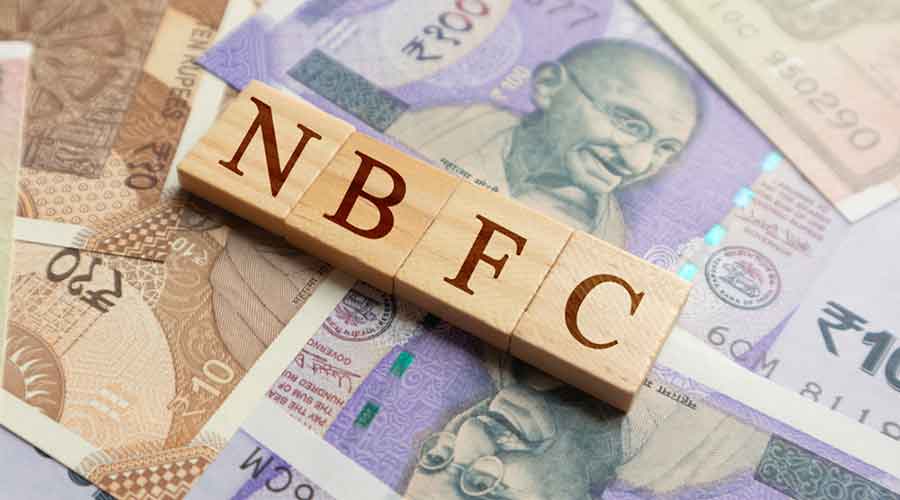The second wave of the coronavirus pandemic poses a risk of asset quality and liquidity issues for non-banking finance companies (NBFC) and these challenges are likely to increase if recent restrictions to contain the pandemic are expanded or prolonged, leading to greater economic and operational disruption, Fitch Ratings said on Thursday.
The rating agency further said that an increase in the rate of infections and broadening of social distancing restrictions pose downside risks to its 12.8 per cent growth projection for the current fiscal.
“India’s non-bank financial institutions (NBFI) face renewed asset quality and liquidity risks amid a second wave of coronavirus infections,” Fitch Ratings said in a statement.
It said a key Covid hotspot is Maharashtra, the state with the largest economic contribution in India at 13-14 per cent of the national GDP. Maharashtra introduced stricter social-distancing measures over the weekend in response to rising coronavirus cases, including weekend curfews and weekday activity restrictions till April-end.
Several other states — Gujarat, Punjab, Delhi and Chhattisgarh, which together account for about 16 per cent of national GDP — have also implemented additional restrictions, including night curfews.
“The economic impact of these curbs will depend on their duration and severity. Expanded curbs could derail the fragile recovery in India’s NBFI sector as a nationwide lockdown was gradually relaxed from mid-2020,” Fitch added.
SMEs, commercial vehicle operators, microfinance and other wholesale borrowers remain at greater risk of stress in this environment, particularly as financial buffers would have narrowed after the severe economic shock over the past year.
Production and supply chains remain susceptible to labour shortages if the large-scale urban-to-rural labour migration recurs. "Against this, we believe authorities have gained experience in balancing the trade-off between tighter restrictions and maintaining economic activity over the past year," Fitch added.
It said resurgence in asset-quality pressure for NBFIs could lead to renewed funding strains for the sector, particularly as many government schemes that provided funding relief to NBFIs in 2020 have expired. These include the Partial Credit Guarantee scheme supporting asset-backed securitisation and Special Liquidity Scheme providing government-guaranteed short-term funding relief.
The extension of the Emergency Credit Line Guarantee Scheme for SMEs till June 2021, it said will offer such borrowers further breathing room. Fitch will review ratings of NBFIs if more severe restrictions that have greater operational repercussions for rated entities are imposed.
Meanwhile, Moody’s Investors Service said the rapid increase in new cases is credit negative for Indian airports, given the adverse impact on passenger and aircraft traffic, the key revenue driver for the sector.
The surge in infection numbers will heighten health concerns, renew economic uncertainty and temper consumers' willingness to travel. Higher infection numbers could also force the reintroduction of travel restrictions that will drastically reduce passenger traffic. Most of Indian airports’ revenue is linked to airport traffic, including aeronautical revenue that is collected on a per-passenger or aircraft-movement basis, and non-aeronautical revenue such as retail, food and beverage as well as car parking, it said.
Beyond the impact on domestic traffic, the recent outbreak will also likely delay the reopening of international borders, which has recently been postponed to the end of April. Although international passengers only represent a small component of total passenger traffic in India, airports generally earn a higher amount on a per-passenger basis from this segment after accounting for duty-free retail.
Duty-free retail accounted for 15%-20% of total non-aeronautical revenue at the rated airports before the pandemic. Rated airports' credit quality will potentially weaken if the severity and duration of the second wave reaches a level that would lead to liquidity stress or challenge their ability to return to a level of cash flow generation which supports their current ratings, it added.










